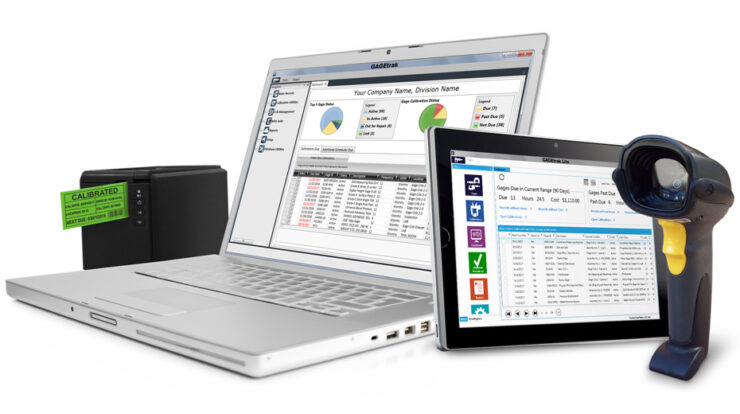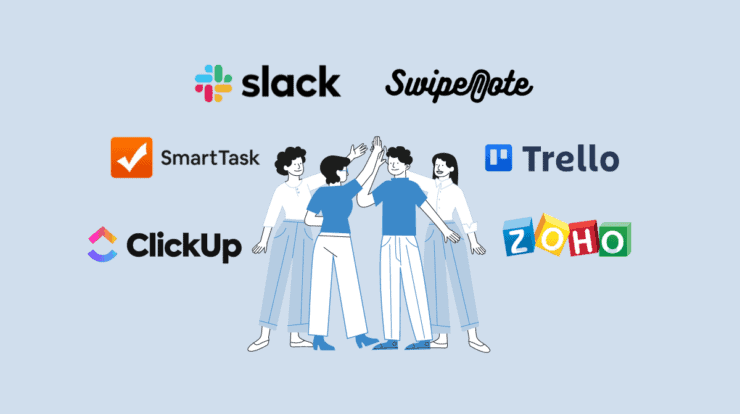
In the light of the ever-evolving standards and regulations, labeling continues to be a challenge for many organizations. Compliance is vital for the credibility of the brand and the safety of its products. A mistake can lead to costly errors that could ruin the image of the company.
For those reasons, organizations must apply the best practices for barcoding. Here are some ways labeling software can simplify business operations.
1. Boost Efficiency and Minimize Errors
One of the principal features of the software is print automation. The application removes manual tasks from the process, which boosts efficiency and maximizes productivity.
Users do not need to type the information manually. The software can pull data from databases and spreadsheets. It employs features such as RFID encoding, which can link to information in your ERP application.
The ROBAR data management system is fast and can generate a label in seconds. According to a report by Seagull Scientific, “with 99.99% uptime achieved through ROBAR’s redundant, load-balanced, automatic failover architecture”.
2. Simplify Labelling Compliance
The ever-expanding global supply chain has made compliance even more complicated for businesses. With requirements changing across borders, companies have to be precise on the labels they use. Non-compliance can attract huge fines that could be disruptive to the business.
The software has an easy-to-use interface that simplifies the labeling process and ensures compliance with regulations. A centralized portal allows the user to update the information conveniently when there are code changes.
The application has an intuitive visual workflow with a drag-and-drop feature. Your staff can learn to work with the interface without extensive training. You can customize the interface to complement the organization’s workflow.
3. Meet Changing Client Requirements Faster
In the global supply chain, new developments may demand a fast change to meet client requirements. Labeling software as two main features that simplify the process of making changes. Centralization and print automation are the most critical aspects of the system.
Centralization enhances data management to reduce redundancy and duplication. When you need to make changes for pricing, format, or language, the system is instantaneous and seamless.
Automation improves data management by eliminating most manual tasks. It enables a much more effective monitoring process to capture errors and maintain data accuracy.
4. Enhance Traceability and Security
A barcoding application allows you to track the status of label files from start to finish. Traceability is essential for managing the security of the system. It is always vital to know who is accessing the system at any point in time.
The application implements security based on role-based authentication. The features allow you to determine who and where was responsible for the updates. You can also set up an approval process for reviewers.
You can generate an audit trail of any changes in the barcode printout. The ability to track these changes is crucial for businesses in the medical and pharmaceutical industries.
Bottom Line
Errors in labeling and non-compliance can have a devastating effect on your supply chain and business. A labeling software is essential for organizations that need to keep up with client requirements and regulatory changes.


